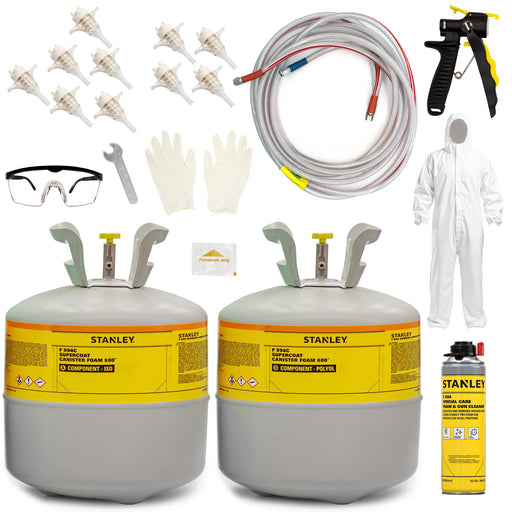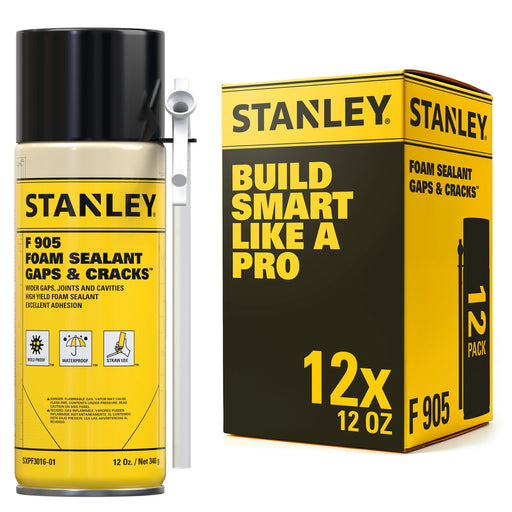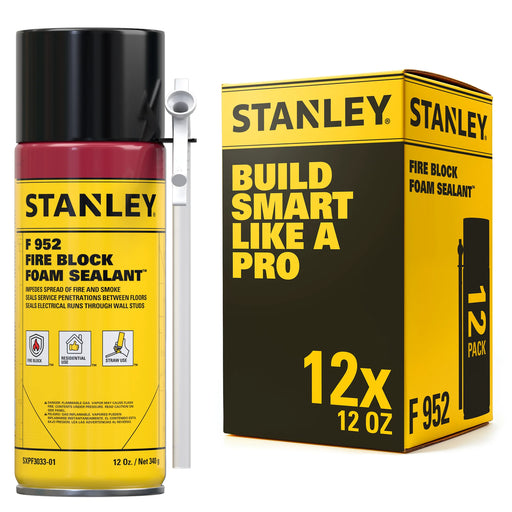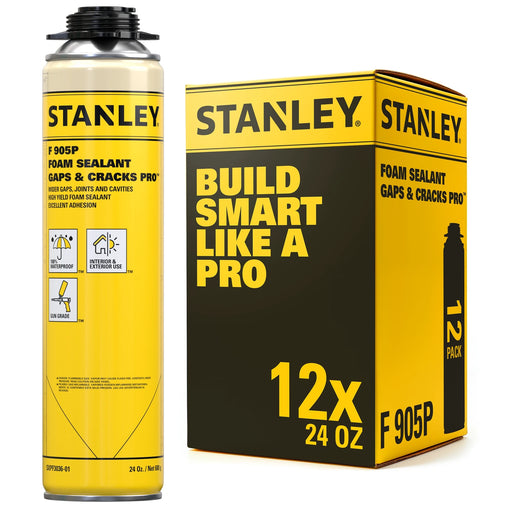What home improvements are tax-deductible 2025?
Energy-efficient upgrades, including insulation, qualifying windows and doors, and advanced HVAC equipment, remain eligible under Section 25C. Spray-foam products listed here satisfy the criteria and count toward the tax deduction house renovation limit.
How do tax deductions work compared with credits?
A deduction lowers taxable income, whereas a credit subtracts directly from taxes owed. Because this program grants a credit, the benefit is generally larger than standard tax deductions for homeowners.
How does a tax credit work for insulation?
After calculating total federal tax, the filer subtracts 30% of qualified insulation material expenses (up to a $1,200 annual limit shared with other building envelope components). The remainder is the final tax liability; see IRS instructions for tax deduction examples under Form 5695. (https://www.irs.gov/instructions/i5695)
What tax deductions can I claim?
Depending on filing status, further homeowner tax deductions may include mortgage interest, property taxes, and certain medically necessary home modifications. Maintaining thorough documentation and consulting a professional help ensure each deduction is applied correctly.





